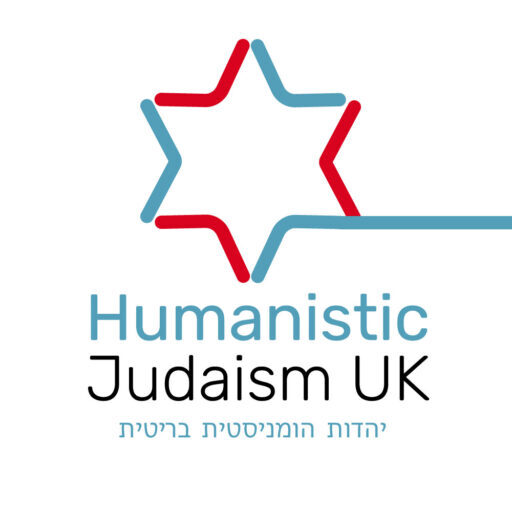PURIM
Friends, we are here today to celebrate Purim, a holiday that commemorates the resilience of our people and the power of standing up to oppression. This story does not mention the supernatural, the authors neither invoked nor mentioned God. What does this mean? Perhaps it means that the characters are archetypes that reflect drives within us all.
Haman, is the embodiment of a hatred so intense it seeks to erase an entire people’s existence and identity. Haman symbolises any force—be it a person, a political system, a cultural attitude, or our own inner sabateur—that aims to diminish or deny our humanity and worth. His decree was total; he wanted to eradicate our mythological ancestors both and psychologically, by attacking their very identity.
We cannot just accept the threat of annihilation as an unchangeable fate. We see in Haman’s hatred a call to confrontation—an invitation to respond with courage and moral clarity. Human beings have the power and the responsibility to shape the world, to influence our destinies, and to protect the dignity of all.
Esther’s response to Haman is as instructive as it is surprising. First, she hides her Jewish identity, maintaining the façade that she is simply the favoured queen of King Ahashverosh. In doing so, she attempts two careful acts of kindness, inviting the king and Haman to a banquet—twice—before she reveals her true motive. This reveals Esther’s complexity and her cautious approach to survival. She navigates the dangerous waters of palace intrigue with strategy rather than immediate confrontation.
We can understand Esther’s hesitancy. She’s fully aware that society—and certainly Haman—holds the power to destroy her. She recognises that to survive, she needs to soften hearts or at least gain the trust of those in power. She worked with the palace system, not against it. Sometimes, we, too, mask parts of ourselves, hoping the powers that be will come to see us, first, as human. Esther’s gentle approach is a reminder that diplomacy and kindness can be part of our toolkit.
Yet even as Esther extends invitations and plays the role of gracious host, she knows that simple kindness is not enough to stop hatred. Eventually, Esther recognises that if she remains silent, if she never reveals her full identity and the danger her people face, then her voice—and her people—could be lost. Thus, she takes a bold step: she lays her identity bare, losing her passing privilege, pleading for her life and the lives of her people, unequivocally condemning Haman’s plan.
In this moment, Esther moves from caution to courage, from strategic silence to resolute truth-telling. And by doing so, she shows us the power of self-advocacy. Sometimes we think that by hiding or diminishing who we are, we can protect ourselves from harm. But in the face of a threat as fierce as Haman, Esther teaches us that open and honest confrontation is ultimately necessary. We cannot rely solely on the good graces of those in authority. We must speak out and advocate for our own right to exist.
The story of Esther is testament to our human capacity for courage and moral action. Esther herself took ownership of her role in shaping the future of her community. In our modern lives, we, too, can channel Esther’s resolve wherever we face bigotry. Haman’s hatred must always be met with clear-eyed resilience. And as Esther modelled, that resilience can include dialogue and diplomacy, but it must ultimately rest on our willingness to claim our voice.
We can choose to look to Esther as the true hero of the story, and not Mordechai, who responded with revenge, ordering retaliatory attacks against all those who opposed the Jews, men, women, and children alike. That way of thinking is a little too close to home right now, and maybe Esther could have mustered a little extra courage to speak out against Mordechai, her kinsman. Perhaps she did and the men who wrote her story revelled in their own power and might, forgetting the calm and gentle character of Esther once she had served her purpose. Let us not learn from their side of the story.
So let us celebrate Purim by rejoicing not only in our survival, but in our duty to ensure the survival of human dignity, that our rights as Jews go hand in hand with the rights of all other peoples. Let us be watchful of the forces of Haman in our own societies that diminish the worth of any person. And let us remember Esther’s quiet hospitality, her hidden identity, and finally, her resounding call to justice. May this story remind us that we hold within ourselves the power to make ethical choices, stand firmly against hatred, and speak our truth—even when it feels risky.
In the spirit of Purim, we celebrate life, resilience, and hope. May we continue to craft a Jewish life that speaks out against oppression and affirms our shared humanity. Let us go forth inspired by Esther, committed to upholding each other’s dignity, and ready to challenge the “Hamans” of this world—whenever and wherever they appear.
MARTIN HASAN DI MAGGIO, HJUK, 2025
